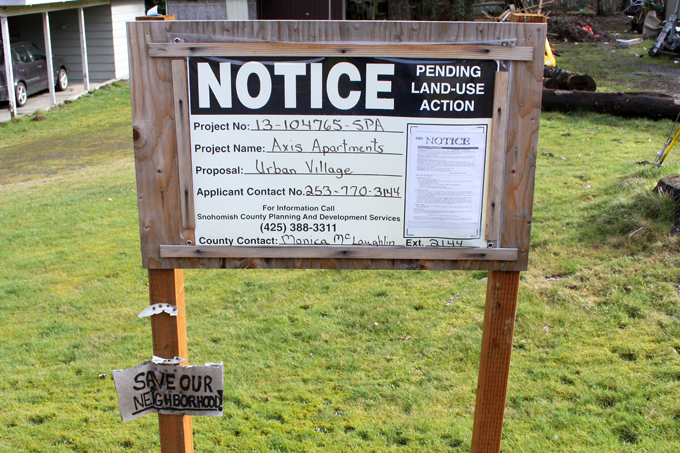
Land use notice and “Save Our Neighborhood” sign previously at the income-restricted Axis Apartments site
Located between Everett and Mukilteo is the Fairmount neighborhood, where current conditions, recent development, and changing interests on where people want to live is now putting it and similar neighborhoods at risk of going into decline.
While new homes in places like Seattle and the Eastside are often higher-end with high rents unaffordable to many, several suburban areas are now seeing more construction of lower-end housing, with older housing depreciating without being remodeled or replaced. This is particularly the case in some unincorporated areas such as this one.
The culprit is the land use policies of unincorporated Snohomish County, which have several flaws and are often inconsistent with city policies.
This has led to haphazard and poorly-placed zones, density located away from neighborhood centers and adequate transit, housing developments with bad layouts and designs, problematic businesses near homes, and in the worst cases undesirable neighborhoods with crime issues. At the same time unincorporated areas have a lack of public amenities compared to incorporated areas, even though many unincorporated areas allow for denser development.
Meanwhile, the county has planned upzones in this neighborhood and others, and this would further these problems and create more examples of the worst of suburban sprawl.
Current zoning
Since the area is unincorporated, zoning in the neighborhood is governed by the county. Due to its location, the neighborhood has a wide range of zoning areas. The land along Airport Road and SR 99 is zoned for commercial/industrial, there are some industrial zones around Paine Field, and the land along Mukilteo Speedway is mainly zoned for commercial/industrial. The southern end is zoned as an Urban Center (UC) and for commercial.
The inner sections of the neighborhood is zoned with a hodgepodge of single-family and multifamily residential types, with the zone varying between blocks and parcels with inconsistency. At the northern end the residential zone is wedged between commercial and industrial zones.
Development
The result of county zoning combined with local conditions and location are the development types found in the neighborhood, which is roughly bounded by State Route 99/Pacific Highway, Airport Road, Beverly Park Road, and State Route 525/Mukilteo Speedway. In the last 15 years, roughly all new homes are multifamily in nature, including apartments, townhouses, duplexes, and detached condos.
Duplexes and detached condos
Duplexes and detached condos are commonly found in single-family zones in unincorporated areas, while most cities do not allow the construction of these housing types in single-family zones.
Duplexes are typically built on land zoned for single-family housing. Duplexes share a single parcel and often share things such as a driveway and a power meter box. Typically each duplex unit is sold separately, while some duplexes are owned by the same owner with each unit rented out. They generally follow the same setback rules as single-family houses.
Detached condos are homes where the condominium association owns the buildings and the homeowners own the spaces inside them, leading to the nickname “air condos”. This is the same as the typical attached condos like townhouses, but here each home is in a separate building. While they appear to be single-family houses, they are technically multifamily homes.
Most detached condos are built on land originally zoned for single-family housing but spot rezoned to low density multiple residential (LDMR) by request from a landowner or developer. Some are built in preexisting LDMR zones, and in multiple residential (MR) zones which allow for denser development.
Detached condos have minimal setbacks and the homes are built along narrower access roads due to multifamily building codes combined with maximizing the number of homes. Often, this leads to detached condos with minimal setbacks next to a house with larger setbacks, due to code differences.
Due to how these developments are built, the quality of them tends to vary significantly, especially in Fairmount where land values tend to be lower than in similar unincorporated areas. The duplexes seem to age quicker compared to houses. Detached condos are too recent a form of development to conclude on whether they will remain resilient over time, since they mainly have been built within the last 15 years.
Much of Fairmount was developed within the last 15 years, and combined with county zoning and lower land values this has led to much of the housing consisting of duplexes and detached condos. In contrast, other similar unincorporated areas were developed earlier and have much lower numbers and percentages of them.
Income-restricted apartments
Two recent changes to the neighborhood are two income-restricted apartment complexes by the same for-profit developer. The Vantage has 201 apartments and was completed in late 2014, and Axis Apartments has 280 apartments and began construction in late 2014.
The apartments were financed with the help of tax-exempt housing bonds from the Washington State Housing Finance Commission. Units are restricted to households with up to 60% of area median income based on household size, with Section 8 tenants also being accepted.
Dense concentrations and large amounts of lower-income households should be avoided, because they lead to an unbalanced and unhealthy mix of income levels. These two complexes alone would have 25% of homes in Fairmount, and they will increase the lower-income population there to levels which could be detrimental to the neighborhood. Other homes in the area could be negatively impacted by lower desirability, and could lead to a further imbalance of income levels.
A significant spike in population caused by these apartments would be a strain on local services and utilities, and would overcrowd the already crowded local schools such as Fairmount Elementary.
Similar apartments like these have been built or proposed in unincorporated Snohomish County, and nearly all have been on mostly undeveloped land zoned or rezoned for multifamily housing. This suggests that lower-cost and lower-demand land is being upzoned too early, leading to the construction of lower-quality developments which can lead to long-term quality of life issues.
Highway 99
There are several businesses and attributes along State Route 99 which negatively impact the areas around them. The resulting lower levels of desirability and land values leads to lower-quality residential development, which can lead to long-term issues over time. When people look for a home, many avoid homes too close to State Route 99 not just in this area but in other areas as well.
Public amenities
Currently there are only two public amenities in the neighborhood: Paine Field Community Park and Fairmount Elementary School. While the park’s location is adequate for sports fields, it is not a good location for a neighborhood park.
It is located at the western edge of the neighborhood, surrounded by industrial properties and separated from the residential areas by a 5-lane road. The elementary school is mostly surrounded by industrial-zoned land and is also at the edge of the neighborhood.
Annexation
Fairmount is located inside the Mukilteo Municipal Urban Growth Area (MUGA). The area to the north is the City of Everett, to the northeast is part of Everett’s MUGA, and to the west is the Lake Stickney Gap Area, which is not in any city’s MUGA. To the west is Paine Field and to the south is the rest of the Mukilteo MUGA.
Last decade, the city of Mukilteo studied and pursued annexation of the entirety of is MUGA, which includes the Fairmount, Lake Serene, and Picnic Point neighborhoods. Snohomish County Fire District 1 filed a lawsuit against the city and county with the reason given being fire service issues. An advisory vote in 2010 by existing Mukilteo residents yielded 66% of votes against annexation, with the businesses and crime issues along Highway 99 being the major reason. A vote of residents in the annexation area was not held.
In 2015 there is a new movement to push for annexation from Lake Serene and Picnic Point, and the general consensus is that a successful annexation movement cannot include most of Fairmount. The continued presence of undesirable businesses along Highway 99, the recent construction of the income-restricted apartment complexes, and the differing land uses in the neighborhood makes annexation unfavorable for both current city residents and residents in the other annexation areas.
Advocates have proposed annexing only the western edges of Fairmount which are adjacent to Mukilteo Speedway, including the commercial/industrial area south of Paine Field, and the commercial area at the SR 99/SR 525 interchange. The former is entirely zoned for businesses and is adjacent to Mukilteo Speedway. The latter is a redevelopment opportunity for a neighborhood center, but a properly designed center would need land use codes more comprehensive than the county’s current codes.
For Fairmount, this means that even though it is located in the Mukilteo MUGA, it likely won’t be annexed into Mukilteo at its current state. Additionally, if an annexation does occur many duplexes and detached condos could be classified as nonconforming uses because they do not comply with single-family zoning laws. While they would be grandfathered in, this can be a issue for residents in these homes in the long-term.
Quality of life issues
Due to current land uses and its location, the neighborhood deals with more crime issues compared to other neighborhoods. Issues along SR 99 such as a transient population and crime from some businesses negatively impacts the residential areas around it. There is a noticeably significant number of crime watch and other related signs in the neighborhood.
Additionally, an increasing amount of lower-income households in the neighborhood risks leading to lower livability, with depressed property values, increased crime, more housing stock deterioration, a smaller tax base for public amenities, and other households moving out of the neighborhood leading to a greater imbalance of household types.
To the northeast is South Everett, with much of it being a higher-crime area. Significant parts of it are unincorporated as well, with a significant amount of lower-quality multifamily housing. Combined with its location and current desirability levels and land values, changes in Fairmount which increases the amount of multifamily zoning could negatively impact the neighborhood. This is already demonstrated with the income-restricted apartments described earlier.
Proposed zoning
This year, Snohomish County plans to upzone several areas in Fairmount and surrounding areas to Low Density Multiple Residential (LDMR), Multiple Residential (MR), and Urban Center (UC), and with current conditions this could exacerbate the land use problems in the area. The county also plans to upzone areas in the adjacent Lake Serene neighborhood to the south.
Neither of the upzones proposed are feasible at this time, and several of them are not located in areas which can properly support denser development than what is currently allowed.
The following rezone proposals are all located inside the Mukilteo MUGA, except for the last which is in the Lake Stickney Gap Area. The first five in particular concern Fairmount.
The proposed rezones can be found here: http://2015update-snoco.org/alternatives/alternatives-map-portal/
Fairmount
1) SR 99/Airport Road UC Rezone
This rezone covers several parcels and includes a rezone to UC around the SR 99/Airport Road intersection. This rezone also extends into the Everett MUGA.
This upzone is inappropriate for the area due to lower levels of desirability. The adjacent area to the northeast is a higher-crime area with significant quality of life issues. Also, there are no current or planned public amenities for the area.
An upzone this significant with current conditions would lead to larger lower-quality multifamily buildings, in addition to the existing smaller lower-quality multifamily buildings, lowering neighborhood desirability. At this location, this also risks expanding the problems in the neighboring higher-crime South Everett into this area. This is already occurring in this area with Axis Apartments, an income-restricted apartment complex under construction but opposed by surrounding residents.
2) Center Road/Alexander Road MR Rezone
This rezone covers several parcels around the Center Road/Alexander Road intersection, and is next to the SR 99/Airport Road UC Rezone area. This involves upzoning single-family and LDMR zones to MR.
This upzone is inappropriate for the area for the same reasons the adjacent UC rezone is not appropriate.
3) Center Road BP Rezone
This rezone covers two parcels and involves rezoning from single-family residential to Business Park (BP).
This rezone is inappropriate because it expands the adjacent industrial area further into the residential area already wedged between adjacent commercial and industrial areas.
4) Gibson Road/Alexander Road MR Rezone
This rezone covers several parcels around the Gibson Road/Alexander Road intersection, and involves upzoning single-family and LDMR zones to MR.
This upzone is inappropriate for the area, since it is not near an existing viable neighborhood center, adequate transit, and public amenities. An upzone this significant with current conditions can lead to larger lower-quality multifamily buildings, lowering neighborhood desirability.
5) Fairmount LDMR Rezones
This rezone covers several parcels inside Fairmount, and involves upzoning single-family zones into LDMR zoning.
The area still has redevelopment capacity under current zoning, and more LDMR zones would allow for more detached condos which often have minimal setbacks and could negativelty affect adjacent properties.
The area already has a significant amount of lower-quality development due to lower land values combined with county zoning codes, and this rezone could allow for more.
Lake Serene
6) 132nd/133rd Street SW MR Rezone
This rezone covers 132nd and 133rd Street SW, and involves upzoning single-family zones to MR zoning. This area already has some multifamily housing including a poorly-designed MR detached condo complex at the east end of 133rd, which this area could see more of with an upzone.
This upzone is inappropriate for the area, since it is not near an existing viable neighborhood center, adequate transit, and public amenities. An upzone this significant with current conditions can lead to larger lower-quality multifamily buildings, lowering neighborhood desirability. This area already has an adequate amount of redevelopable land, and new housing can be adequately handled with current zoning in the area.
An upzone which could lead to lower-quality housing could lower the neighborhood’s chances of being annexed into Mukilteo, and this neighborhood has significant support for annexation partially due to concerns over county land use codes. In the event that Mukilteo annexes this neighborhood, this rezone area would likely be downzoned back to lower density levels. Housing built to MR density levels would be orphaned, and could be a point of neighborhood conflict.
7) Lincoln Way MR Rezone
This rezone covers the area around Lincoln Way west of Lake Road, and involves upzoning various single-family and LDMR zones to MR zoning.
This upzone is inappropriate for the area for the same reasons the 132nd/133rd Street SW MR rezone is impractical.
8) Lake Serene LDMR/MR Rezones
This rezone covers two areas in the Lake Serene neighborhood and involves upzoning single-family zones to LDMR, with two parcels being upzoned to MR.
This upzone is inappropriate for the area for similar reasons the previous two rezones are impractical.
Additionally, these upzones would allow for more detached condos which are not allowed under Mukilteo zoning codes. In the event of an annexation, these homes would be grandfathered in as nonconforming housing types, but could cause issues over time for detached condo owners. Facilitating more detached condo construction would make this issue larger.
Additionally, Lake Serene has seen increased lake water levels during long periods of heavy rain, leading to some flooding on adjacent properties. Residents have noted that the increased flooding has coincided with increased development in the neighborhood. Denser development would have less permeable surfaces, leading to more rainwater runoff.
9) SR 525/Lincoln Way UC Rezone
This rezone covers a single parcel northeast of the SR 525/Lincoln Way intersection adjacent to an existing UC zone, and involves upzoning the parcel to UC.
Given the small size and location of the parcel, an upzone should not cause any issues, but since there has been no development in the existing Urban Center zone since it was created, it is not necessary to expand it at this time.
Lake Stickney
10) SR 99/Lincoln Way UC Rezone
This rezone covers an area northeast of the SR 99/Lincoln Way intersection adjacent to an existing UC zone, and involves upzoning several commercial/residential parcels to UC. This area is in the Lake Stickney Gap Area.
This upzone involves areas which are not centralized and can lead to dense yet sprawled out development which would not contribute to a viable neighborhood center. Since there has been no development in the existing Urban Center zone since it was created, it is not necessary to expand it at this time.
The neighborhood’s future
Given current trends in where people choose to live, suburban governments should be reevaluating how they handle new development, and take more account into how new development would affect livability and quality of life.
The Fairmount neighborhood is at a significant risk of being an area in decline, and it may already be the case given that now a significant percentage of homes are income-restricted just with the construction of two apartment complexes. Neighboring unincorporated areas are also at risk if haphazard upzones combined with lack of amenities occur.
The future of the neighborhood is dependent on how current development and businesses are handled, and on how future development is managed. It is also dependent on the livability of adjacent areas and how development is managed there as well.
Originally posted May 13, 2015; Updated May 18, 2015
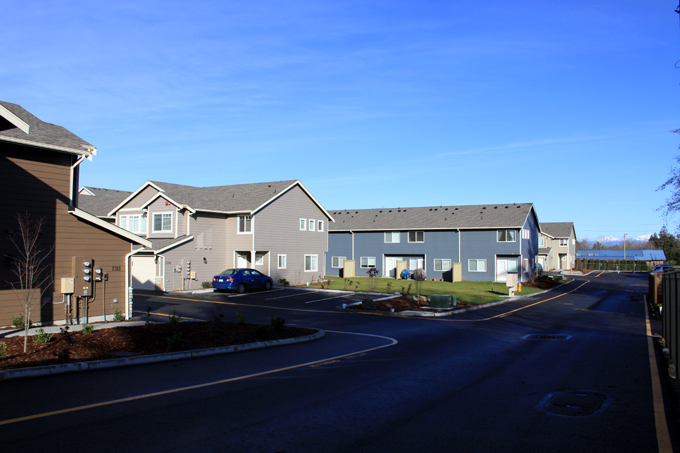
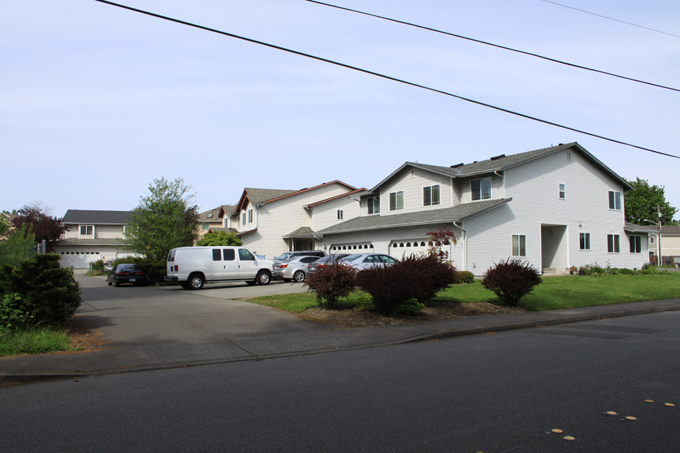
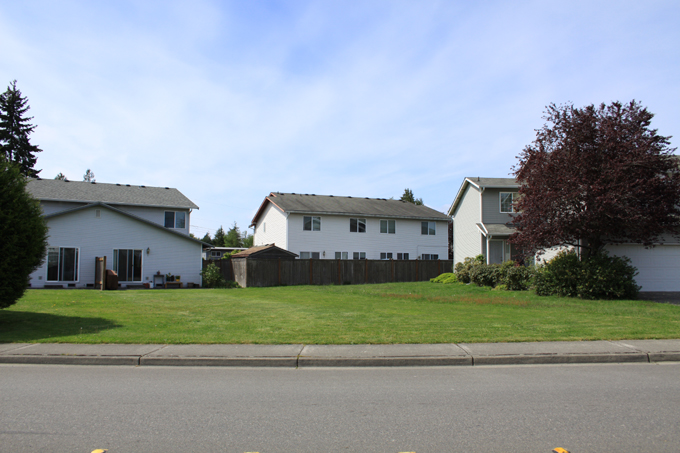

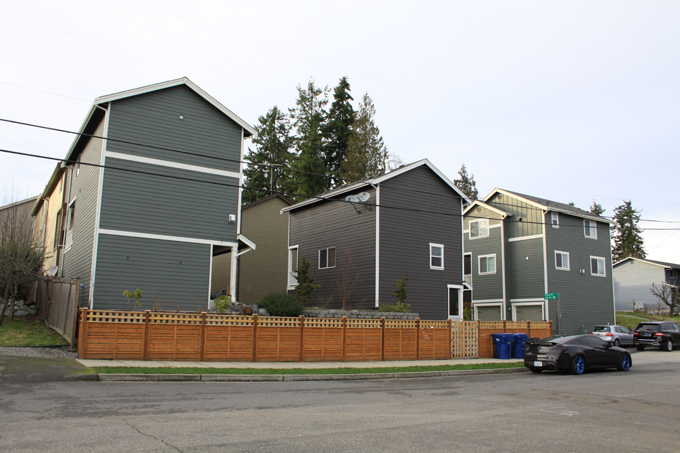
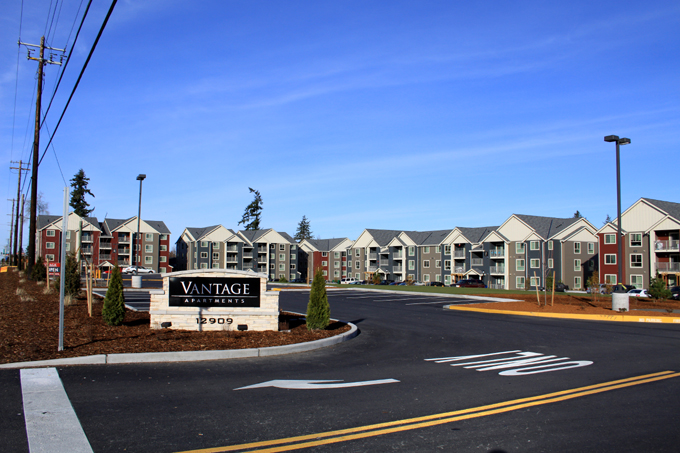
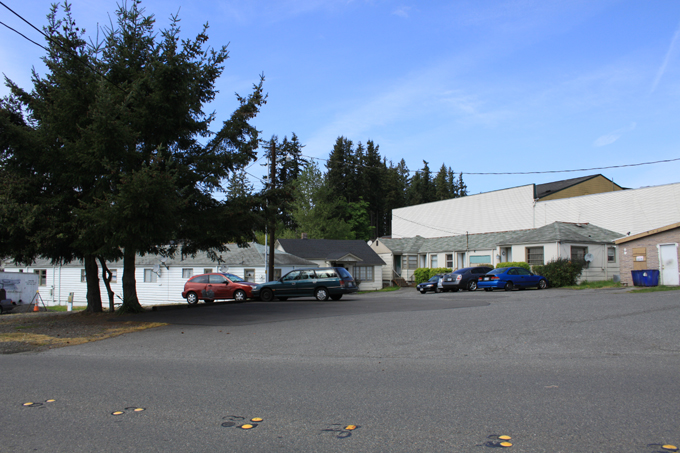

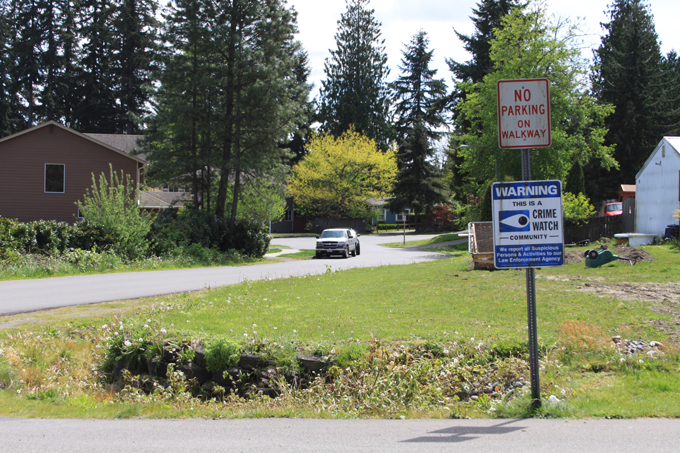
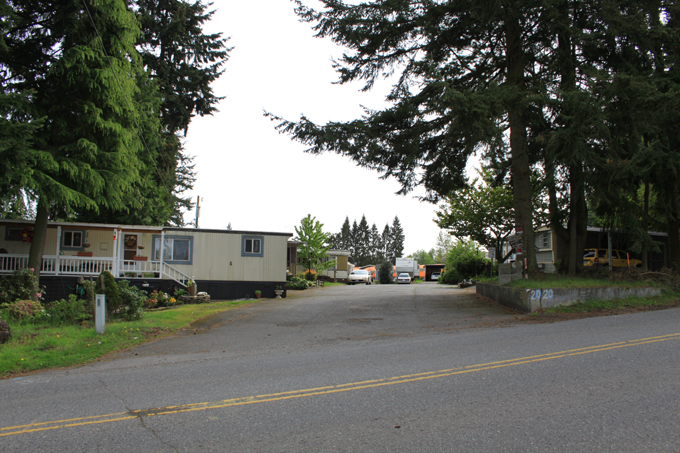
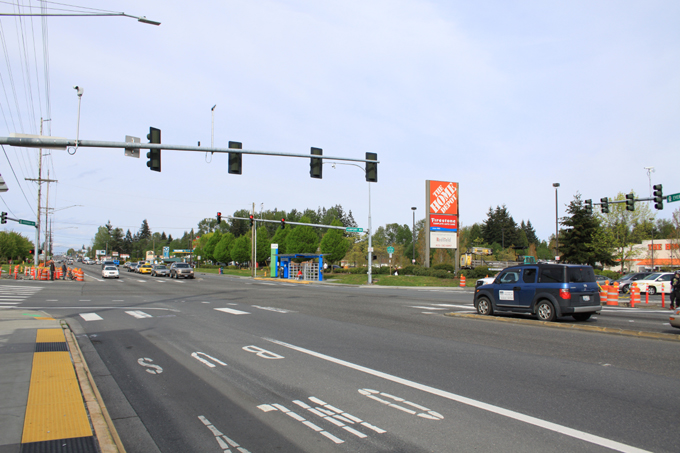


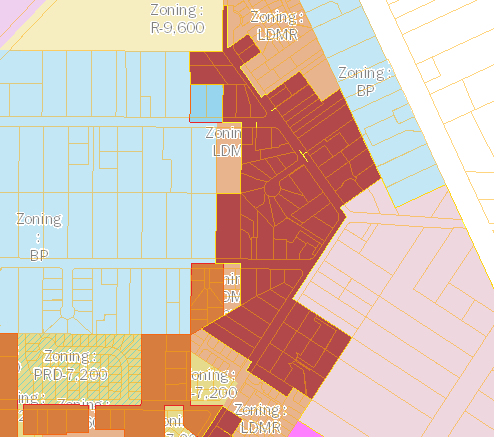
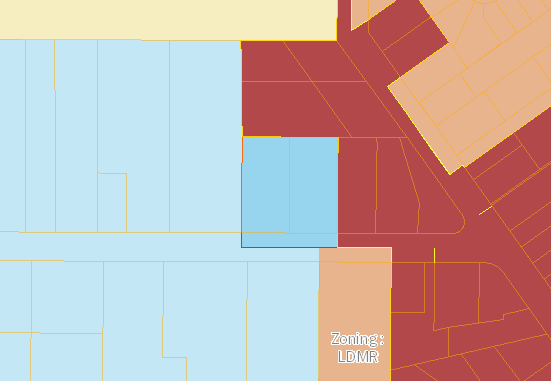
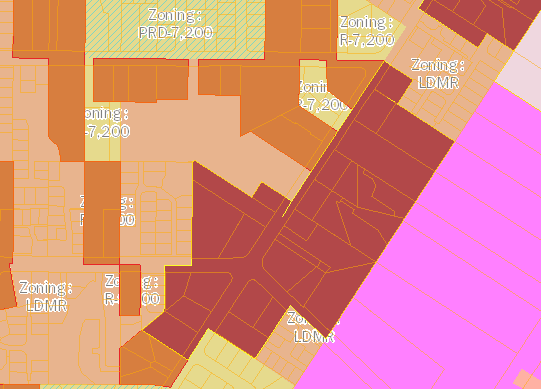
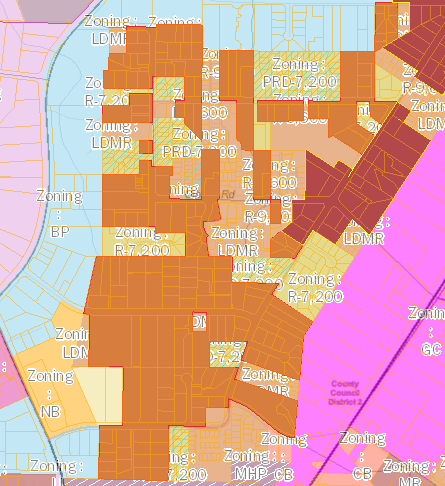


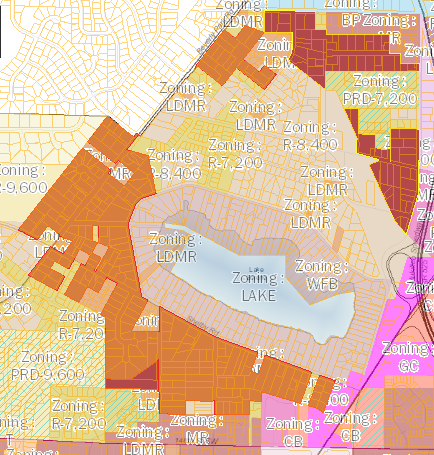
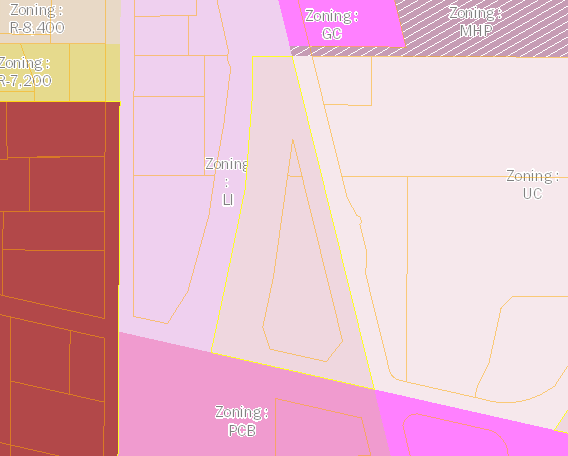
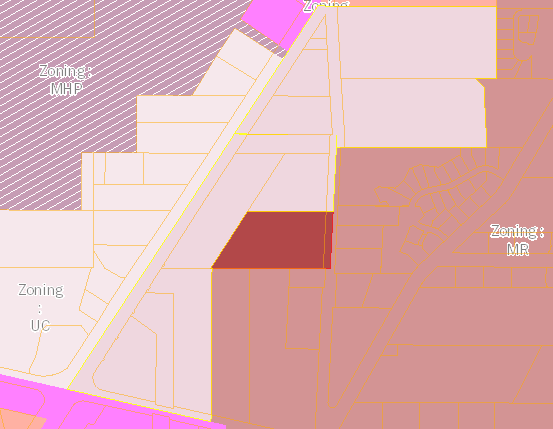
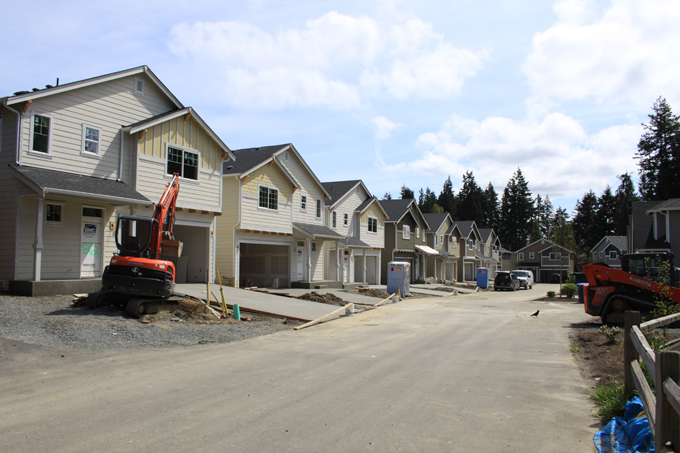
Recent Comments